Introduction: The Rise of Contouring with Makeup
VIDEO:
Since the early 2010s, facial contouring with makeup has gained impressive popularity.
Thanks to the internet and social media, there are countless tutorials available that teach us how to highlight or conceal certain facial features with makeup. This technique revolves around creating shadow and light on the face, thereby creating an illusion of a more defined bone structure, often using dark powders, highlighters, and sometimes blush.

The Benefits of Fillers
While makeup can deliver great results, it is not permanent and daily application can be time-consuming. This is where the use of fillers comes into play.
As a cosmetic physician, I use injectables to contour faces, with the significant advantage that the results can last for months. This means you don’t have to spend time every day applying and removing makeup.

Face Shapes and Their Influence
Each face shape has its own unique characteristics and influences not only where you apply makeup, but also how you age.
The ratio between the length and width of the face, known as the ‘facial index’, plays a crucial role in determining the type of face shape. For example, the ideal female face is on average 1.3 times longer than it is wide.
But in addition to this length-width ratio, the proportions of the different thirds of the face are also important. These are assessed by the width of the forehead, the width of the cheekbones, and the width of the jawline. This helps in further classifying face shapes such as oval, square, long, round, heart-shaped, or diamond, all of which are based on these measurements and ratios.
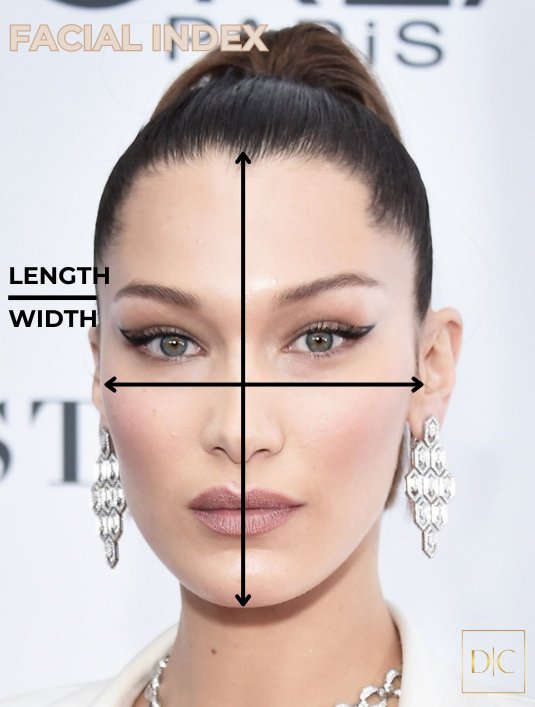
Different Face Shapes: How to Contour with Fillers and How Face Shapes Age
1. Round Face
What is a Round Face?
A round face is known for its smooth lines and soft features. Characteristic of this face shape is that the length and width of the face are almost the same, often resulting in a youthful ‘baby face’ appearance. People with round faces usually have an abundance of soft tissue, contributing to less defined facial contours. Celebrities with a round face include Selena Gomez, Chrissy Teigen, Hayden Panettiere, and Kirsten Dunst.
Contouring a Round Face with Fillers
When contouring a round face with fillers, the focus is on creating a more oval-shaped appearance. An effective method is the use of chin fillers, which elongate the chin and thereby make the face appear longer.
Another approach is injecting fillers into the cheekbones to provide more definition.
Sometimes, the use of muscle relaxants, like BTX, in the masseter muscles (jaw muscles) can help subtly narrow the jawline, contributing to a more refined face shape.
Aging of the Round Face
As they age, round faces tend to sag due to the large volume of soft tissue.This can result in a more squared face shape, with sagging primarily towards the jawline and neck.
For rejuvenation, the focus is on the lateral cheekbones and the jawline to restore facial contours and counteract sagging. Adding fillers to the mid-face and tear troughs can help fill in hollows under the eyes and give the face a fresher appearance.
Important Notes
It is crucial not to overdo it with fillers, especially in the middle area of the face, to maintain a natural look. Too much filler can lead to an unnatural appearance, as sometimes seen in celebrities.
When treating round faces, it is essential to find the right balance to enhance natural beauty.

2. Square Face
Characteristics of a Square Face
A square face is characterized by strong, pronounced lines, especially a jawline and cheekbones that form a straight vertical line. This type of face shape has a striking structure, with the width of the forehead, cheekbones, and jawline being approximately equal. Various celebrities have this distinctive face shape, including Cameron Diaz, Zendaya, Margot Robbie, and Olivia Wilde.
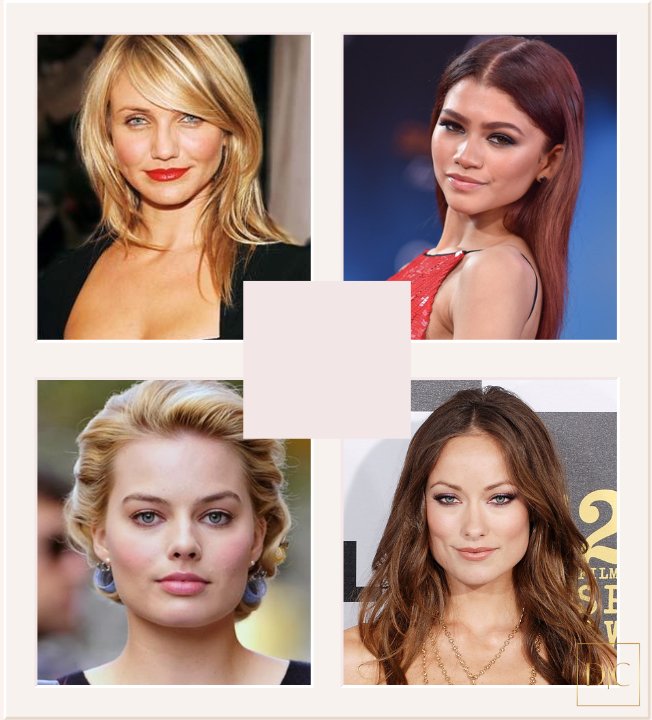
Contouring a Square Face with Fillers
When contouring a square face, the aim is to achieve a softer, more feminine shape, especially in women. This is done by reducing the width of the jawline and adding volume to the cheekbones. This approach helps to soften the sharp angles of the face and creates a more balanced appearance. An important aspect of this treatment is the use of fillers to achieve the desired contours and shapes.
In people with a square face, the masseter muscles, or jaw muscles, are often prominently present. By using muscle relaxants, such as BTX, we can reduce these muscles, contributing to the narrowing of the jawline and refining the facial profile.

Aging and the Square Face
This face shape has a good structure at the bottom of the face, meaning we need to do less restoration with fillers there. For rejuvenation, we tend to place fillers more in the mid-face, mainly the medial and lateral parts of the cheeks, as this face shape is prone to sagging. Sometimes it can also be nice to refine the chin a bit with fillers.
3. Heart-Shaped Face
What is a Heart-Shaped Face?
The heart-shaped face is wide at the cheekbones and narrows down to a slender chin. This type of face is often considered ideal for women, alongside the oval face shape, due to its feminine contours. The width at the top of the face and the narrow bottom emphasize a delicate and graceful appearance, contrasting with the typically broader and larger lower faces of men.
Examples of celebrities with a heart-shaped face include Reese Witherspoon, Scarlett Johansson, Lily Collins, and Mary-Kate Olsen.
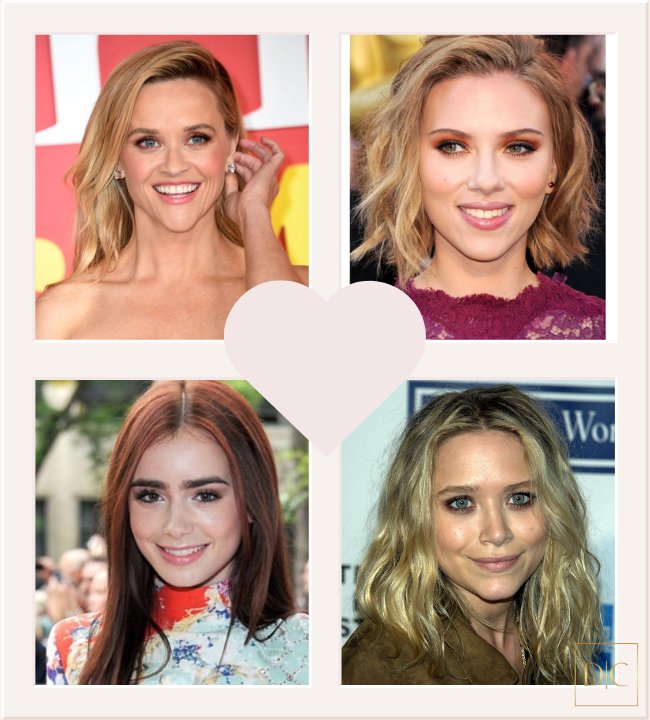
Contouring a Heart-Shaped Face with Fillers
Since this face shape is often regarded as ideal, less contouring is usually applied to a young face.
However, it is always possible to enhance the lower part of the face with fillers for the jawline, or, if the chin is very pointed or prominent, we can use fillers to soften this chin.
Aging and the Heart-Shaped Face
The strength of the heart-shaped face in the aging process lies in the solid structure of the mid-face.
As the lower part of this face type is narrow, it generally shows less tendency to sag, unlike, for example, a round face.
For a rejuvenating effect, it is advisable to treat the cheeks and, if necessary, also the jawline.
4. The Diamond-Shaped Face
What is a Diamond-Shaped Face?
The diamond-shaped face is similar to the heart-shaped face but has a distinctive feature: a narrower forehead. This makes the cheek area appear broader, contributing to the unique diamond-like contours. Due to its narrower bottom, the diamond-shaped face, alongside the heart-shaped and oval face shapes, is considered more ideal for women.
Examples of celebrities with a diamond-shaped face include Halle Berry, Jennifer Lopez, and Vanessa Hudgens.

Approach for Diamond-Shaped Faces
Similar to the heart-shaped face, we employ a comparable treatment strategy for the diamond-shaped face (as described above).
Particularly with the diamond-shaped face, it is important to be cautious with the amount of fillers used in the lateral part of the cheekbones. Excessive use in this area can lead to an exaggerated, unnatural appearance and can result in a Maleficent-like look.
In some cases, it can also be beneficial to treat the temples or the preauricular area (the area in front of the ears). This can help to give the face a softer, more balanced look, especially if these areas appear somewhat sunken.
5. Oval Face
What is an Oval Face?
The oval face is generally recognized as one of the most aesthetically attractive face shapes due to its balanced proportions and symmetry. A characteristic of this shape is that it is evenly distributed across the upper, middle, and lower parts of the face, resulting in a harmonious and balanced appearance.
Examples of celebrities with an oval face include Jessica Alba, Emma Roberts, Bella Hadid, and Cindy Crawford.
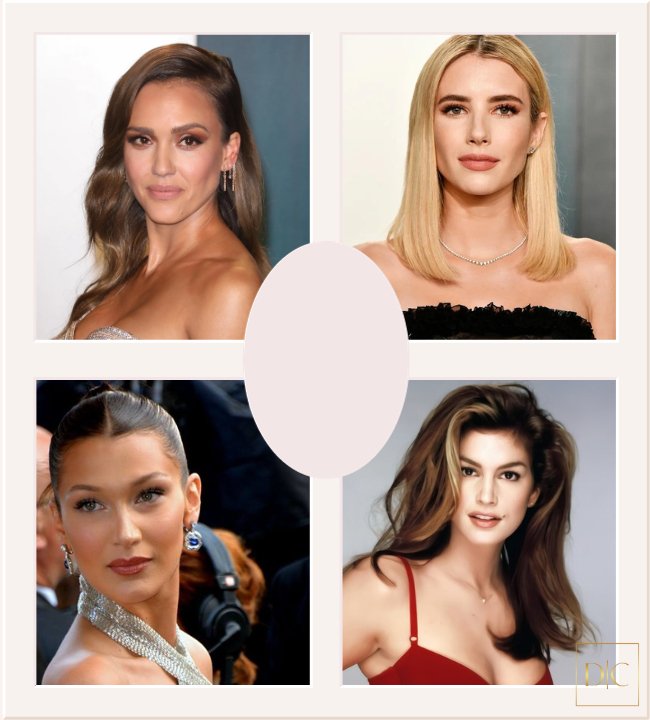
Aging of the Oval Face and Rejuvenation with Fillers
As one ages, the oval face can become squarer as the skin and fat in the mid-face sag and accumulate in the lower part of the face. This can lead to sagging and loss of facial contours.
To rejuvenate the face, we need to add extra volume with fillers in the middle and lateral parts of the cheeks, and in the areas around the ears (the preauricular areas) and at the temples, to prevent sagging. We can also treat the jawline and chin to give more definition.
6. Oblong face
What is an Oblong Face?
An oblong face, characterized by a greater length in proportion to its width, is distinguished by its elongated shape.
The ‘facial index’, a measure of this ratio, shows that in an oblong face, the length is significantly greater than the width.
Examples of celebrities with an oblong face include Sarah Jessica Parker, Liv Tyler, Gisele Bündchen, and Celine Dion.
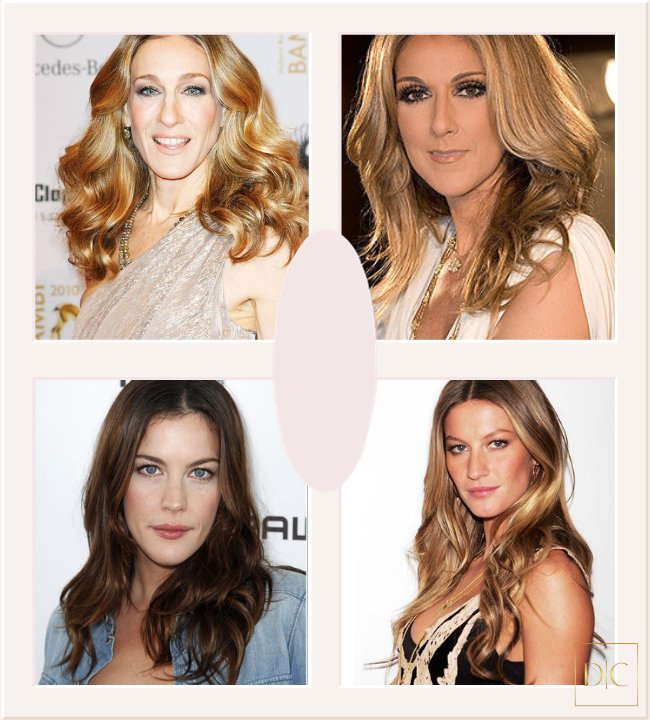
Approach for Oblong Faces
Patients with this face shape can benefit from additional volume to the lateral part of the face to achieve a more balanced appearance. This makes the face appear less sharp and angular, and more like an oval face shape.
For instance, we can add volume to the temples and the preauricular area (the area in front of the ears).
Conclusion: Enhancing Natural Beauty and Individuality
In our discussion of injectables and face shapes, I want to emphasize that the goal is to enhance natural beauty, not to completely transform someone. Every face shape has its own unique attractiveness, and it is possible to subtly improve these features.
It is crucial to recognize that many people have a combination of different face shapes. Each face requires a customized approach, respecting the unique characteristics of each individual. The guidelines discussed here serve as a general guide, but should not be seen as strict rules.
At Doctor Contour Clinic, we do not believe in ‘one-size-fits-all’ treatments. Beauty lies in diversity, and both makeup and injectables are tools to highlight this individual beauty. A personalized approach is essential for the best results.
Book a consultation and/or treatment at Doctor Contour Clinic!
For those interested in a personal consultation or treatment, I refer you to this link.
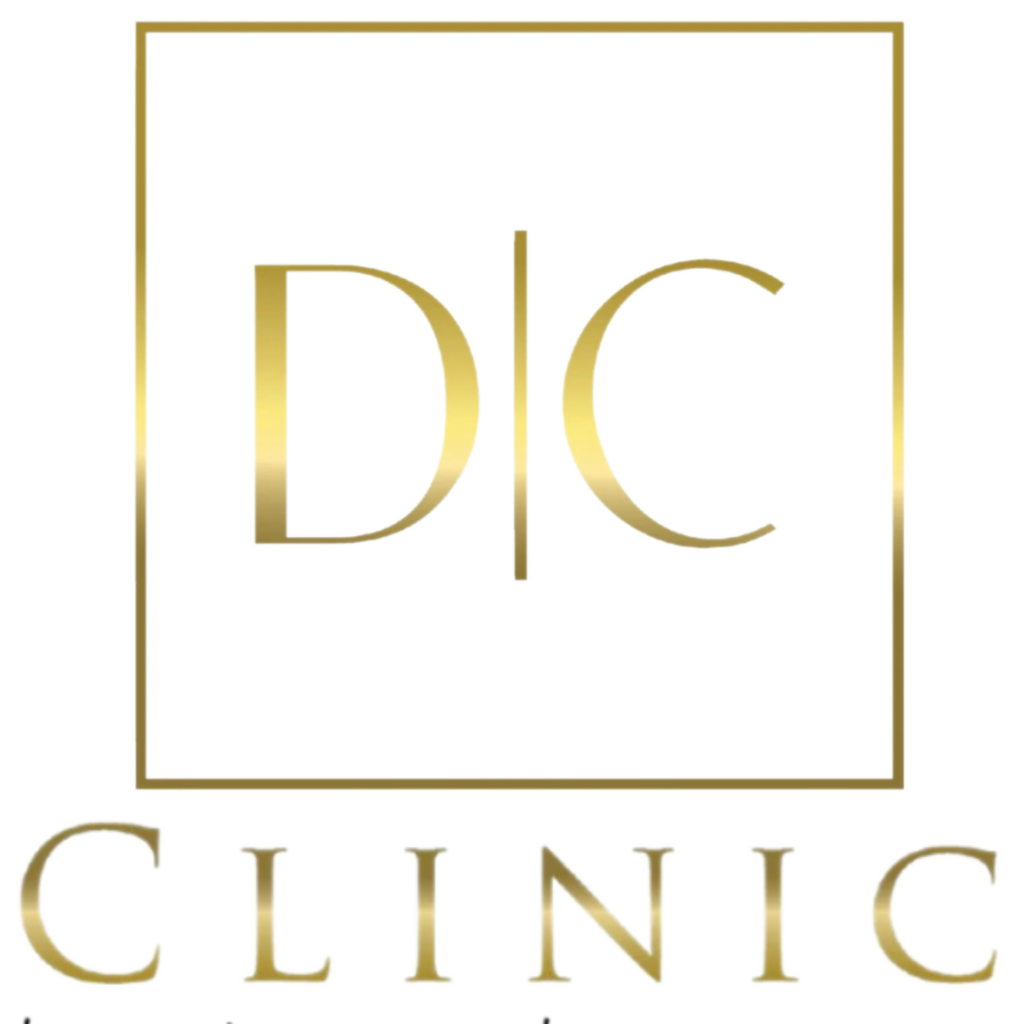

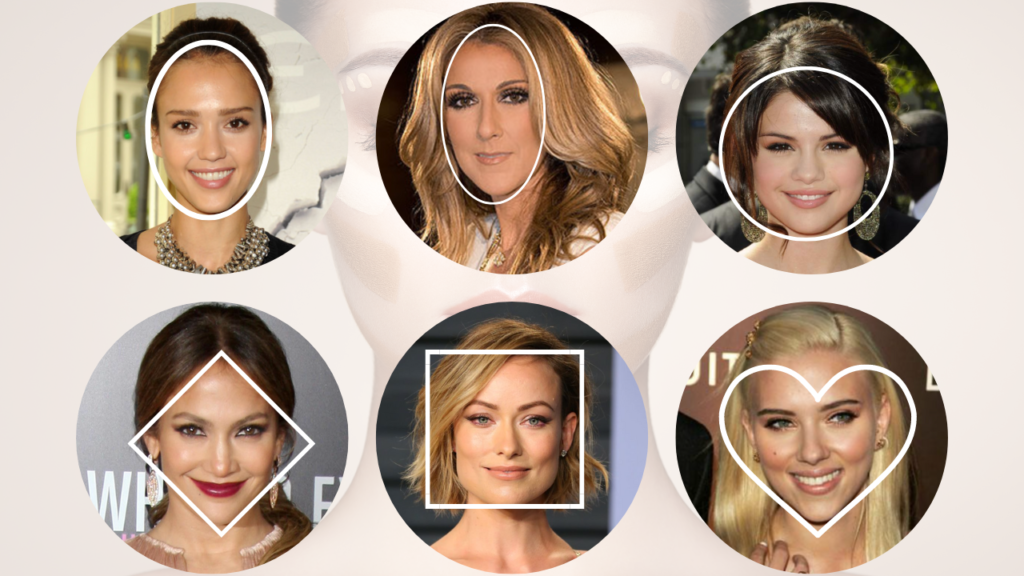
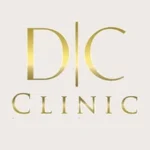
 Esthetisch arts: Dr. @kimdetollenaere
Esthetisch arts: Dr. @kimdetollenaere  Expert in gezichtsveroudering, gezichtscontouring, haarverlies & lipfillers
Expert in gezichtsveroudering, gezichtscontouring, haarverlies & lipfillers
 Questions?
Questions? WA: +32490128316
WA: +32490128316 Net dat tikkeltje meer v
Net dat tikkeltje meer v

 ) Injectables zijn allang niet meer
) Injectables zijn allang niet meer


 Asymmetrische wenkbrauwen
Asymmetrische wenkbrauwen 


 How to spot an unsafe aesthetic practitioner?
How to spot an unsafe aesthetic practitioner?
